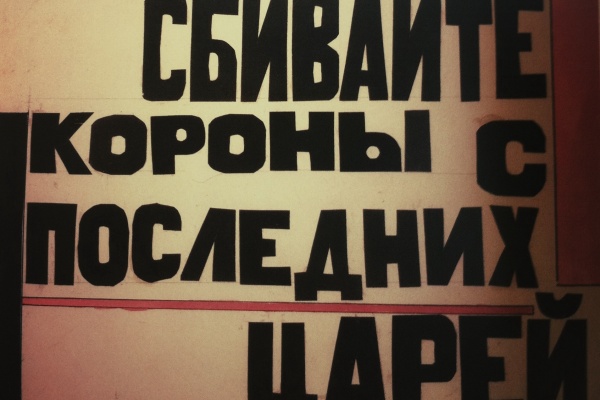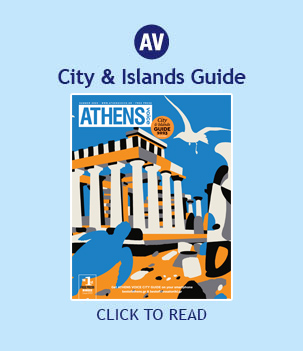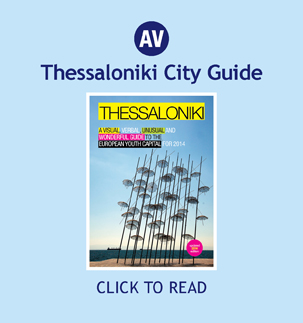
If you were to visit a single museum in this city, it is strongly suggested that you try the State Museum of Contemporary Art. Housed in a renovated monastery in the western district of Stavroupoli, its pride and joy is the huge Costaki collection. Including 1.275 masterpieces of Russian avant garde artists of the 1890 – 1930 period, the collection covers every art movement which appeared at the time, such as neo-primitivism, suprematism, constructivism and futurism. Representative of all the trends and tendencies of one of the most interesting periods in international art history, the collection offers the chance to the visitor to witness the works of Vasilii Kandinski, Liubov Popova, Kazimir Malevich, Vladimir Tatlin, Aleksandr Rodchenko, Varvara Stepanova, Olga Rozanova, Ivan Kliun, Nadezhda Udaltzova and other colossal figures of the early 20th century.
But how did George Costakis manage to obtain these works in the first place? A visionary of his times with an eye for the masterpieces, George Costakis, a Greek from Zakynthos, was born in Moscow in 1913, where he spent most of his life. He worked as a driver for the Greek embassy until the 1940 and afterwards he was positioned as head of local personnel in the Canadian embassy. Within the framework of his professional duties, he accompanied foreign diplomats in their visits to antique shops and art galleries. Without having any specific education or connection to the art world, he was so impressed by an Olga Rozanova painting that he saw in 1946, that he decided to come into contact with artists’ families, from which he bought works. Costakis kept on building his collection for three decades, preserving this important part of European art from destruction and oblivion, since the Stalin regime had banned all works of the Russian avant-garde, imposing the social realism dogma instead. The collection remained relatively unknown to European and American audience until an exhibition that took place in Dusseldorf in 1977. Four years later, a grand exhibition in New York Guggenheim Museum followed. After these exhibitions, a number of chapters in the history of the 20th century art began to be rewritten.
The masterpiece by Μalevich, the Black Square on a White Field that belongs to the Tretiakov Gallery, a work which Costakis found a way to acquire like many other pieces of the same period, was created in 1913 and is considered to be a major breakthrough in the history of art. This is because it led artistic expression to an absolute abstraction due to the “pure feeling” of subjects, just like Picasso had done little before in his masterpiece Fernande, introducing morphological depictions of exceptional inspiration and increasing the visual ability of painters.
The Greek collector permanently settled down in Athens with his family in 1977 and this actually was the reason for a growing interest in Russian avant-garde expressed by the Greek side, since the collector’s generous donation to the Greek State became known from various sources. Costakis died in 1990 and to honor his work and personality a grand exhibition was organized with great success in Athens in 1995. In 1997, Thessaloniki found itself under a cultural climax, since it was declared the Cultural Capital of Europe. New theatres, cultural spaces and museums have been created. One of them was the State Museum of Contemporary Art, which pushed forward the issue of acquiring the Costakis collection, until it was purchased by the Greek State and was located at the new museum. With such an adventurous historical background and with the depth of the collection, it’s understandable that examining the whole museum in the course of a single day is an almost impossible task. So why not dedicating several visits?latest jordans | Mens Air Jordan 1 Retro High OG Summit White/Black-Blue Moon Basketball Shoes , Gov 2021
Museum details
- Address : Kolokotroni 21
- Area : Stavroupoli
- Museum phone: 2310 589140/1
- Website : http://www.greekstatemuseum.com
- Category : Museum









